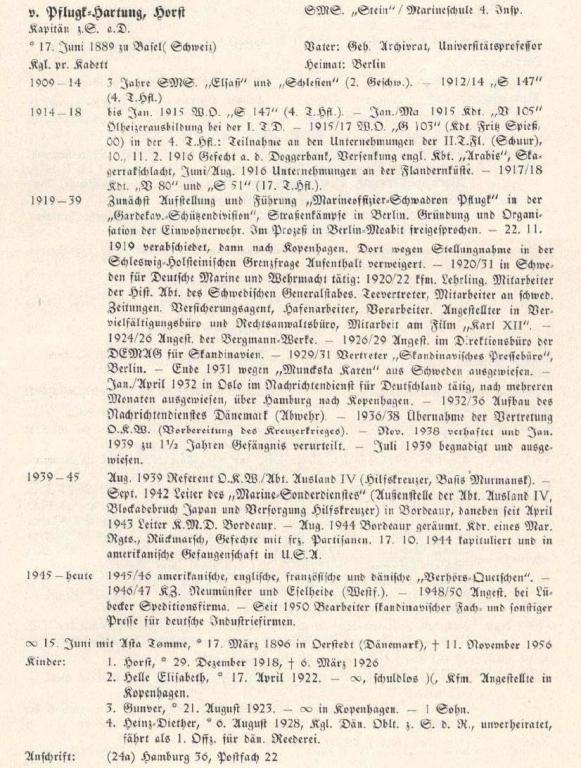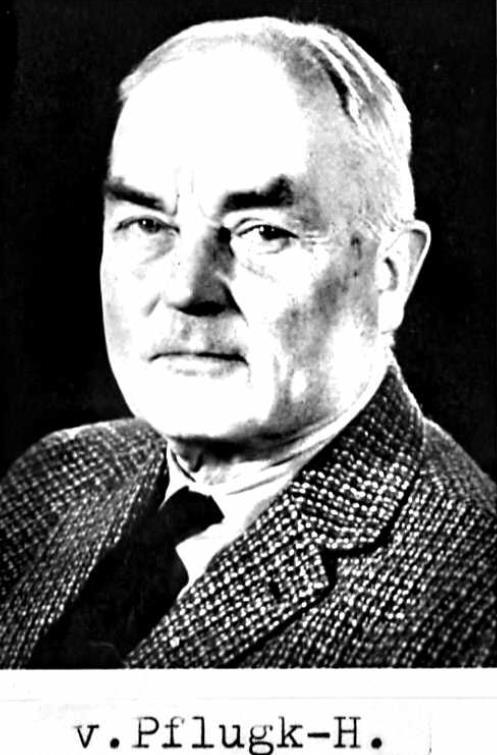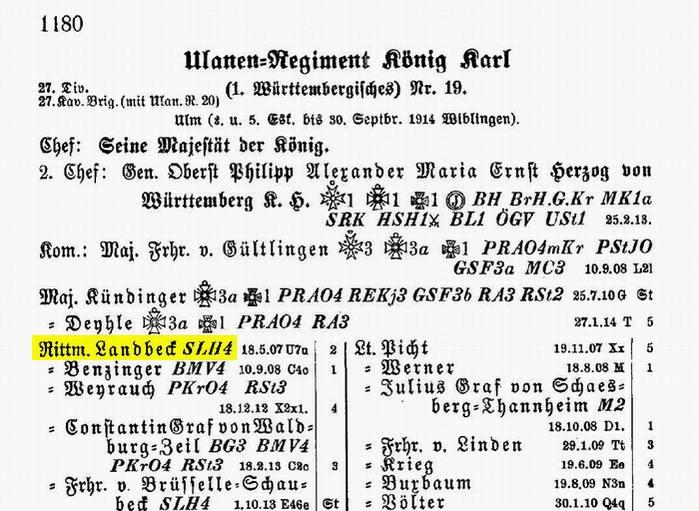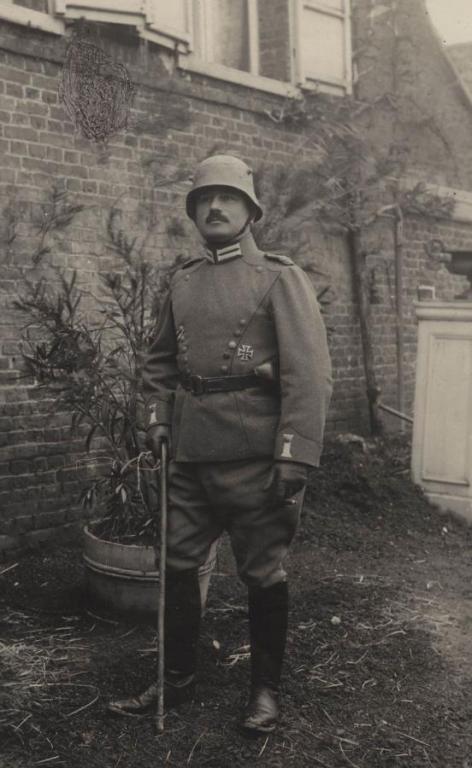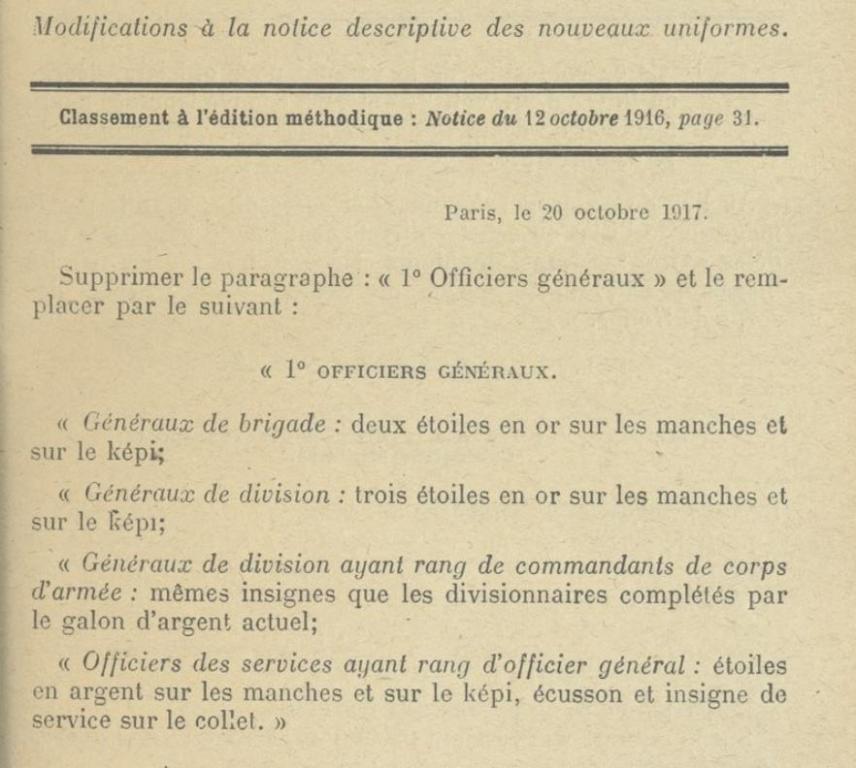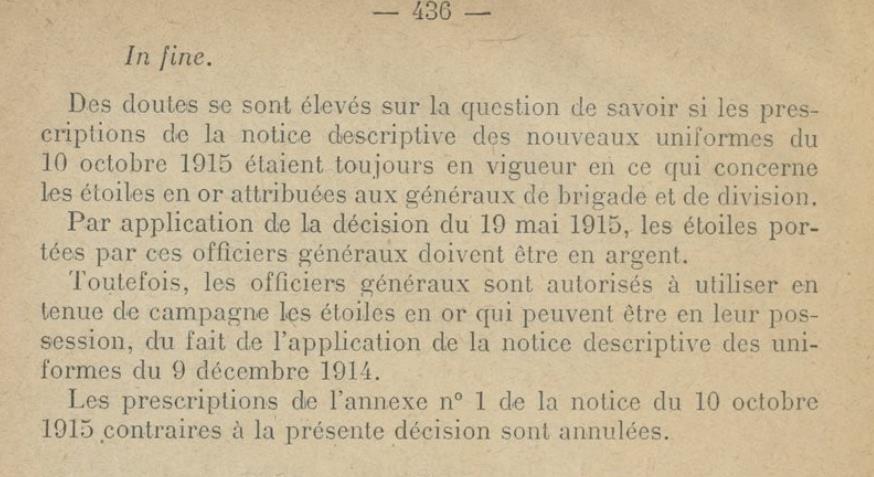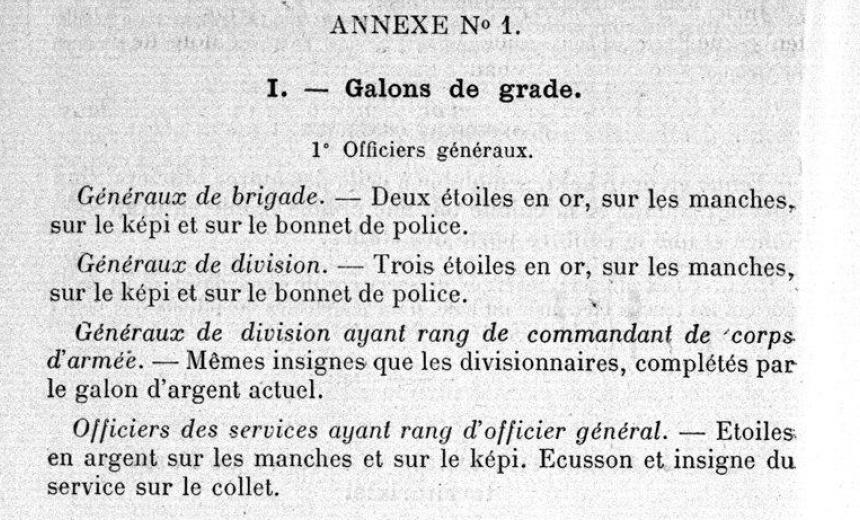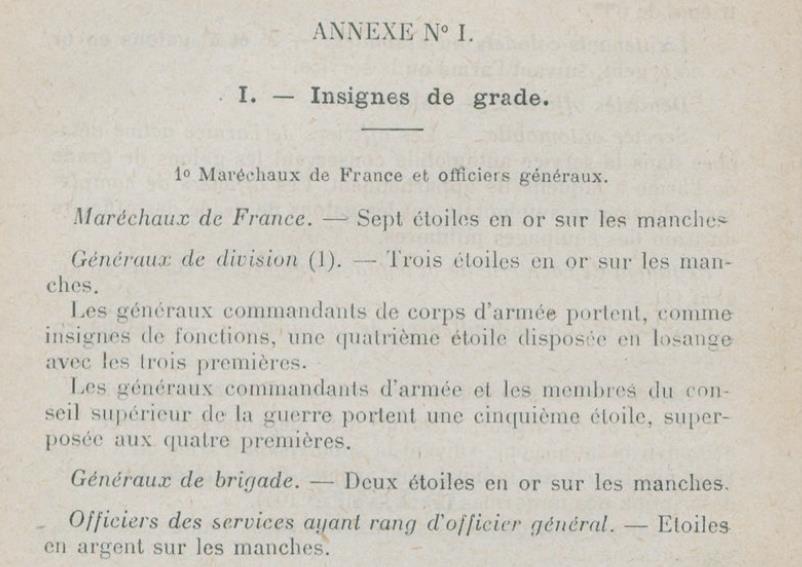-
Posts
2,234 -
Joined
-
Last visited
-
Days Won
55
Content Type
Profiles
Forums
Blogs
Gallery
Events
Store
Everything posted by Glenn J
-
Peter, Trooper D has already mentioned captain Schartle. The following military attachés to the German Empire were listed in the 1912 edition of the "Gothaischer genealogischer Hofkalender nebst diplomatisch-statistichem Jahrbuch". USA: Captain S G Shartle Argentina: Major B B Pertiné Brazil: Colonel Fr E Jullien Bulgaria: Major Gantschew France: Colonel Pellé Great Britain: Colonel A Russell Italy: Colonel Count Calderari di Palazzolo Japan: Lieutenant-Colonel Count Sano Austria-Hungary: Major Freiherr von Bienerth Persia: Major Mirza Mehdi-Chan Rumania: Major L Mircesco Russia: Major General von Tatischtschew Sweden: Major Count de Schenfelt Siam: Lieutenant-Colonel Bhra Songsuradej Spain: Colonel J Sanchis Turkey: Major Enver-Bey I would surmise top to bottom: Russia USA France Brazil Spain Regards Glenn
-
Hi, that does not say Ferd. but KARL. The letters after the date denote his seniority amongst other officers promoted on the same date. He survived the war, becoming a General Staff Hauptmann. As can bee seen from this photo from the Landesarchiv Baden-Württemberg, he was reactivated in WW2. Regards Glenn
-
Hi Chris, either the Mütze or helmet could be worn in service or campaign dress prior to the war. The brocade belt was not introduced until 1896. Following that date, this too could be worn in service and campaign dress. After 1896 the Pardeschärpe was not worn with the Überrock. Prior to the introduction of the brocade belt (Feldbinde), those officers in immediate proximity to the Kaiser (Prussia) and other sovereigns such as Generaladjutanten, Flügeladjutanten and the like wore the Paradeschärpe with the Überrock. Additionally, general officers and officers on higher formation staffs also wore the paradeschärpe on campaign dress. Please find below a portrait of General der Infanterie von Plettenberg wearing both helmet and brocade belt. A much earlier portrait of the future Generalmajor Julius von Gilsa, shows him as a Major of FAR 4 in campaign dress in 1871 wearing the Schärpe. It would seem that regimental officers routinely wore the Überrock on campaign during the Franco-German war of 1870-71. Regards Glenn
-
Well, a little further digging just now led me to a further conclusion! It appears from this extract from June 1916 that the December 1914 regulations stipulated gold stars and then states that the May 1915 regulations say silver (although that is not the case as seen from the extract above). However it then goes on to say that Generals could wear either silver or gold (on campaign dress)!! From the confusing sequence below, an order of October 1915 mentioned or introduced gold stars (which were already in use from December 1914). However a further order of 20 October 1917, once again confirms the stars as gold! I think that the situation was therefore Gold from December 1914 to either May or October 1915 and then officially silver or gold (if in possession of them and only on campaign dress). Gold again from October 1917. Frankly, I think they probably wore what they liked!! Best wishes Glenn
-
Hi chaps, I can't explain any silver stars during the war on the horizon blue uniform but I can only point to the regulations that are available to me: Those from 9 December 1914 incorporating the amendments to 28 May 1915 and the post-war edition of 30 May 1919 amended to 1 May 1923. They were certainly changed to silver sometime after that. Regards Glenn
-
I came across this picture of General Victor d' Urbal's horizon blue helmet cover. The stars appear very much gold to me. Regards Glenn
-
The regulations - "notice descriptive de nouveaux uniformes" simply state, stars of gold (étoiles en or). Regards Glenn
-
Hi Chaps, he is not a line officer. The only non-line officer I could find in the 1906 Marine-Rangliste with an RSt3X and of corresponding rank was one Marine-Stabsarzt Dr. Theodor Sohler. He had been awarded this Russian award as an army medical officer (1. Ostasiatisches Infanterie-Regiment) for his service in China. Regards Glenn



